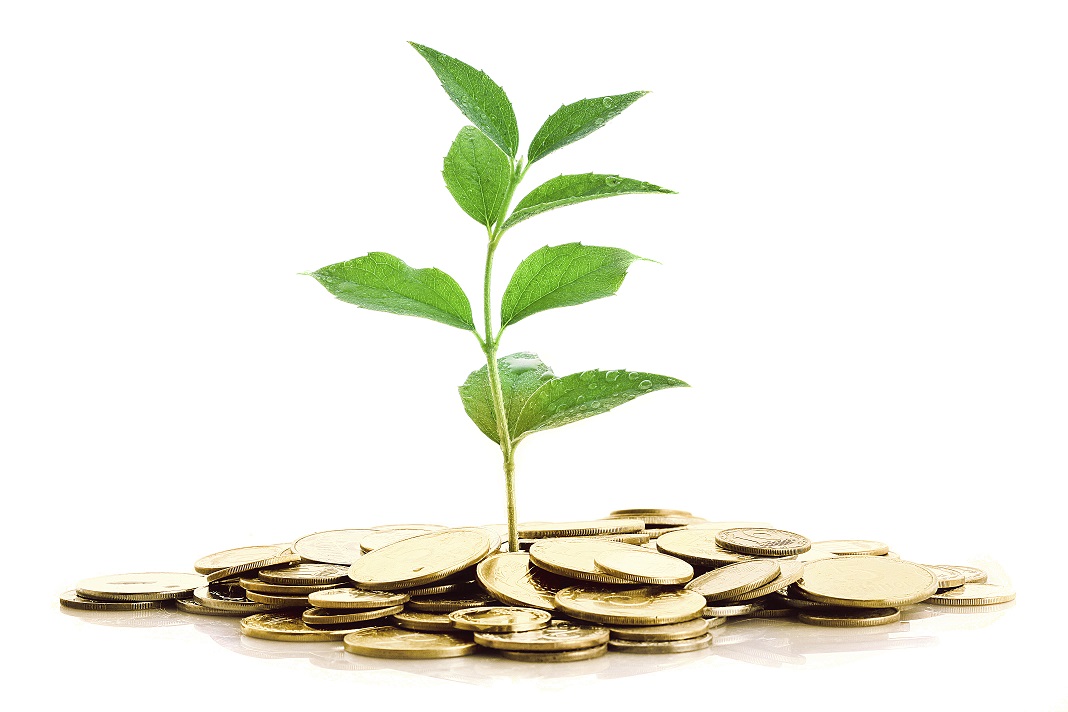 Congressman Chris Van Hollen (D-MD) introduced the Green Bank Act of 2014 earlier today, Wednesday, April 30, 2014. Cosponsors of the bill include House Representatives: Earl Blumenauer, Gerry Connolly, Elizabeth Esty, Jim Himes, Eleanor Holmes Norton, Jim Langevin, and Louise Slaughter. Senate cosponsors include Richard Blumenthal and Chris Murphy. The Green Bank Act of 2014 would establish a Federal Green Bank with a maximum capitalization of $50 billion from Green Bonds and the authority to co-fund the creation of state-level Green Banks with a low-interest loan of up to $500 million.
Congressman Chris Van Hollen (D-MD) introduced the Green Bank Act of 2014 earlier today, Wednesday, April 30, 2014. Cosponsors of the bill include House Representatives: Earl Blumenauer, Gerry Connolly, Elizabeth Esty, Jim Himes, Eleanor Holmes Norton, Jim Langevin, and Louise Slaughter. Senate cosponsors include Richard Blumenthal and Chris Murphy. The Green Bank Act of 2014 would establish a Federal Green Bank with a maximum capitalization of $50 billion from Green Bonds and the authority to co-fund the creation of state-level Green Banks with a low-interest loan of up to $500 million.
The Green Bank of 2014 was first introduced in the U.S. House of Representatives, and Senator Chris Murphy of Connecticut introduced a companion bill in the Senate, as well.
This bill complements action taken by states across the country, which have been leading the green bank movement. Like the various state green banks, the Federal Green Bank would provide financing for clean energy and energy efficiency projects that cannot deploy at scale due to lack of reasonably priced financing. Specifically, the Green Bank will address “financing gaps” where credit worthy projects are currently unable to receive adequately low-priced financing from the private capital markets.
A Federal Green Bank, as proposed in the new legislation, would provide low-cost and long-term financing for clean energy and energy efficiency projects in partnership with private investors. This activity would animate private sector investment, reduce the cost of renewable sources of power and accelerate the deployment of clean energy technology in the United States. The Federal Green Bank will also catalyze the development of state green banks through its authority to offer low-interest loans of up to $500 million to any state green bank that operates under similar principles and has its own matching funds.
“Chris Van Hollen and his colleagues in the House and Senate have come up with an ingenious way to help fund state green banks,” said Reed Hundt, CEO of the Coalition for Green Capital—a nonprofit working to establish green banks at the state, federal, and international levels. “If this bill were passed, all states would have the option of receiving substantial funding from the federal government to help finance on a local level the move to the new power platform. Cleaner, cheaper, and more reliable electricity is what every state could deliver to its citizens with the help of the Van Hollen Bank.”
According to the legislation, the Green Bank will initially be supported with $10 billion in “Green Bonds” issued by the Treasury. The Bank will have a 20 year charter and the ability to acquire another $40 billion from Green Bonds. These funds will spur development of clean energy markets through loans, loan guarantees, debt securitizations, insurance, and other forms of financing support or risk management for qualified clean energy and energy efficiency projects. The legislation includes tax provisions on deductibility of foreign-related interest expenses to offset the Green Bank cost.
Similar legislation was introduced in 2009 and passed the House of Representatives. Since that time states have taken up this innovative approach and sparked significant progress on green banks. Connecticut and New York have each established their own banks, other states have implemented similar programs and today more states than ever are exploring the creation of their own green banks.
For more information, contact Lisa Sundeen (Lisa.Sundeen@gmail.com) or visit our website at www.coalitionforgreencapital.com.